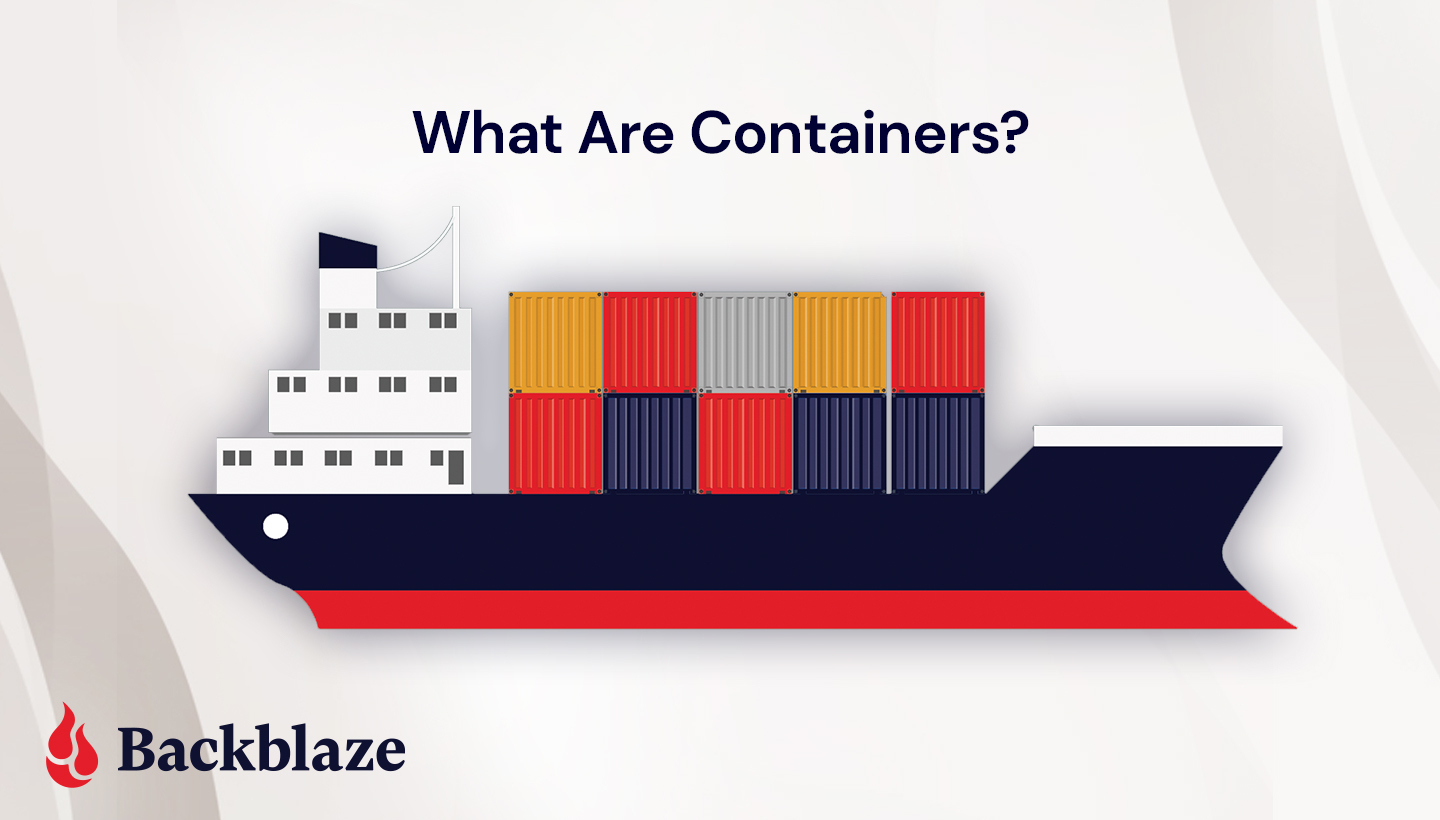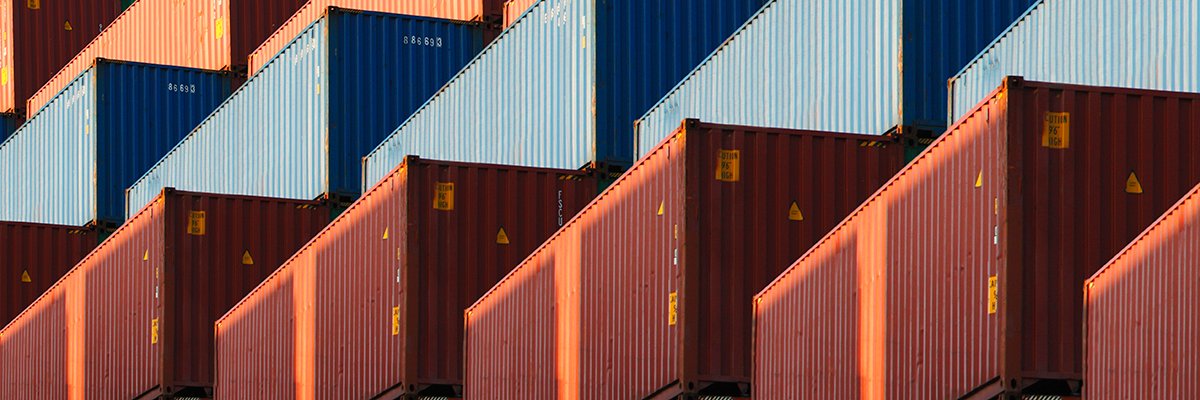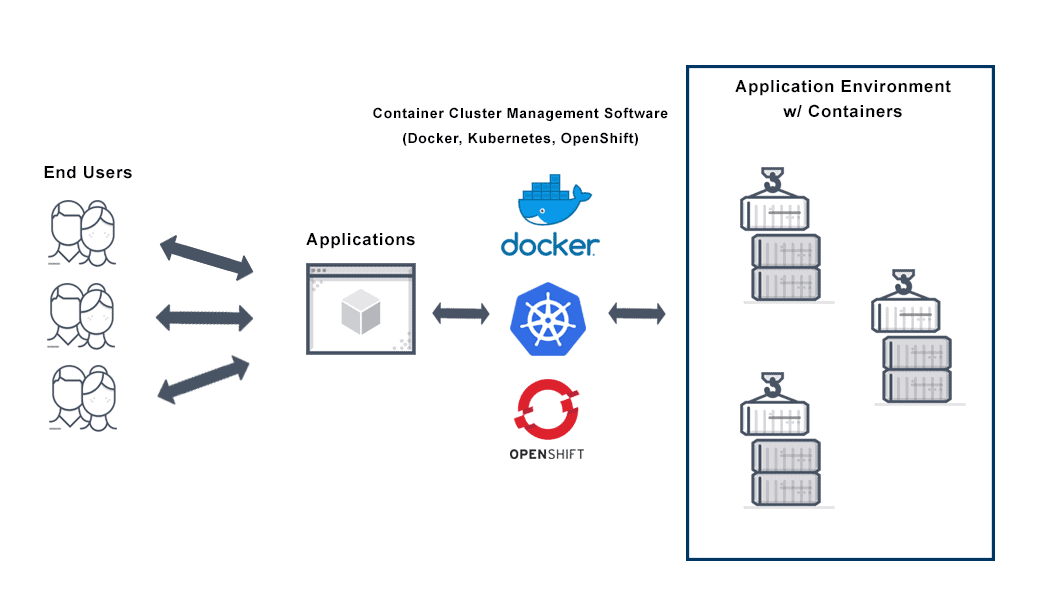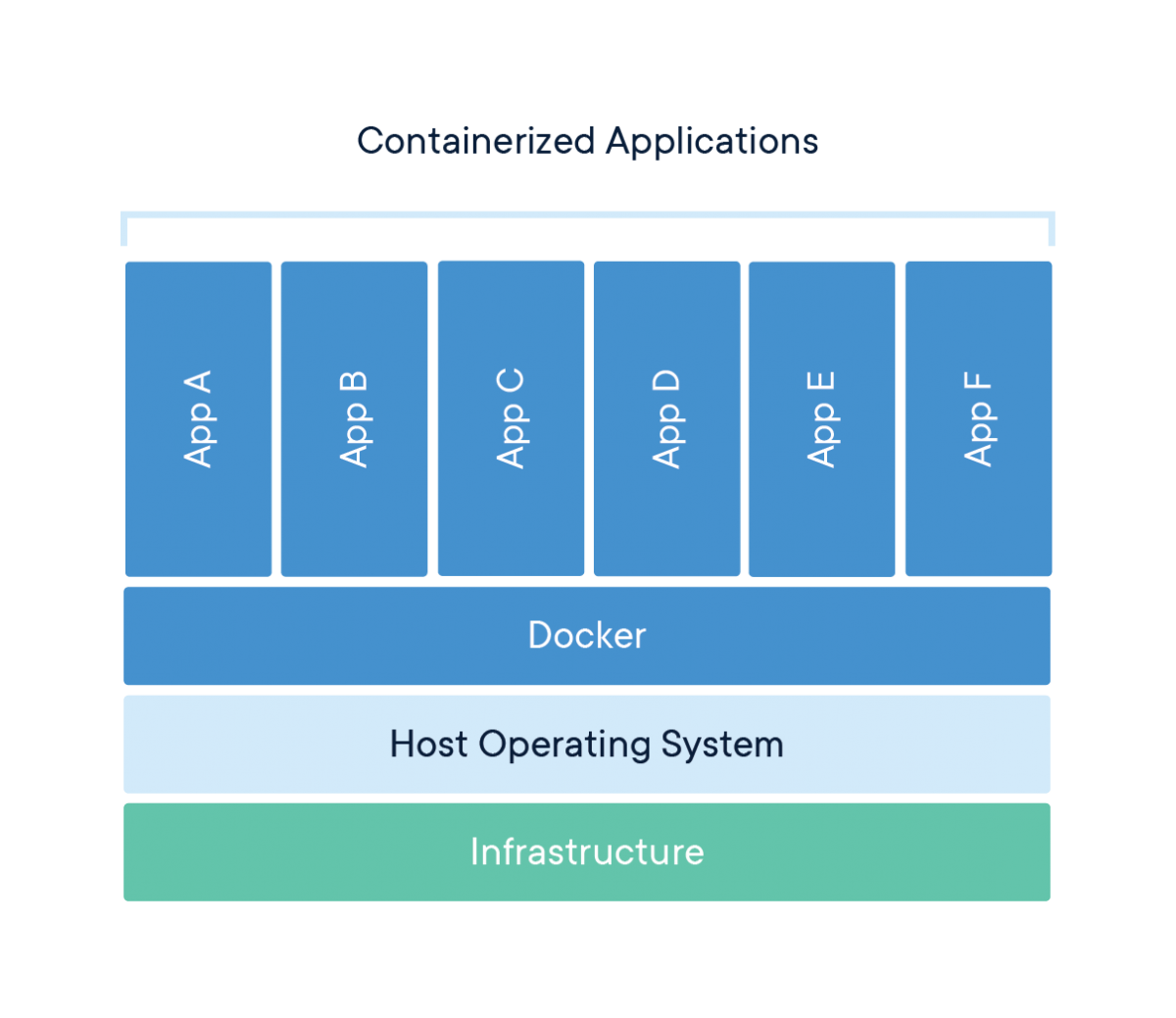Describe How Containers Are Used in Application Development
Containers and Application Development Acceleration. Containers encapsulate an application as a single executable package of software that bundles application code together with all of the related configuration files libraries and dependencies required for it to run.

What Is Docker All You Need To Know About Docker Digitalogy Software Development Top Software Dockers
A tool that can be used to containerize applications.

. First well take a look at running a database in a container and how we use volumes and networking to persist our data and allow our application to talk with the database. Application development is the process of designing building and implementing software applications. Containers have improved the speed with which you can spin up containers which results in better tests.
A container virtualizes the underlying OS and causes the containerized app to perceive that it has the OSincluding CPU memory file storage and network connectionsall to itself. First and foremost using containers creates portability across environments. Then well pull everything together into a compose file which will allow us to setup and run a local development environment with one.
In simple terms a container is a standardized package of software. Everything needed for the software to run is inside the container including the software code runtime system tools system libraries and settings. They are independent executable pieces of code that contain the dependencies required by an application.
Another container is for an additional customer PHP app that uses nginx as the Web server and PHP 56 as the script interpreter all running on a RHEL base image. Docker is basically a container engine that can be used to generate containers on top of an existing operating system with the. Containerized applications are isolated in that they do not bundle in a copy of the operating system.
Save the file and run the docker build command to create an image. Containers are units of software that package applications and their dependencies in isolation from their environment. This completes the application containerization process.
Because the differences in underlying OS and infrastructure are abstracted as long as the base image is consistent the container can be deployed and run anywhere. It can be done by massive organizations with large teams working on projects or by a single freelance developer. When the dependencies that are required to run an application coexist with the application itself you can run that container almost anywhere.
Containers and VMs used together provide a great deal of flexibility in deploying and managing app. Once you have an image all you have to do is create a container to store it in. Containers are lightweight and fast.
For example say you started an application in a development environment. Docker developed a Linux container technology one that is portable. The application container technology provided by Docker promises to change the way that IT operations are carried out just as virtualization technology did a few years previously.
Agencies making the transition to a cloud environment are using enterprise container platforms to help bolster their legacy platforms increase security and make their work more efficient. They share the host kernel with other containers and applications running on the host. Containers are gaining rapid acceptance in the application development scene largely because they solve the problem of portability.
Refactor existing applications for containers Although refactoring is much more intensive than lift-and-shift migration. Container Standards and Industry Leadership. Using containers allows developers to streamline the process of building testing and deploying applications in a variety of environments.
More importantly they enable a workflow for your code that allows you to develop and test locally push to upstream and ensure what you build locally will likely work in production too. Lift and shift existing applications into modern cloud architectures Some organizations use containers to migrate. Containers isolate apps execution environments from each other but share the underlying OS kernel.
Containers are exploding onto the application development scene especially when it comes to cloud computing. One container uses Debian as the base OS layer Apache as the web server PHP 55 as the script run time and a custom PHP application for which the container has been created. Cloud-native refers to a set of characteristics and an underlying development methodology for applications and services that are scalable reliable and high-performance.
One of the leading players in the space Docker defines a container as a standard unit of software that packages up code and all its dependencies so the application runs quickly. Containers help accelerate the development and deployment processes make workloads portable and even mobile between different servers and clouds and are the ideal material. Leading development teams use container technology to increase their productivity levels.
Containers include the application binaries plus the software dependencies and the hardware requirements needed to run all wrapped up into an independent self-contained unit. An application container is a stand-alone all-in-one package for a software application. The launch of Docker in 2013 jump started a revolution in application development by democratizing software containers.
Application containers can reduce costs and streamline software development but they also increase the attack surface necessitating strict. They provide a simple way to replicate an applications environment or stack locally. Common ways organizations use containers include.
There has been an evolution of the CICD pipeline to automate and accelerate code for development and production. Further benefits that containers provide include the following. Simply put containers componentize whole systems abstracting them from a physical platform allowing them to move around from platform to platform platform to cloud or cloud to cloud.
Local database and containers. This is largely because portability has been a big chasm in this area given the proprietary nature of some public clouds and this technology abstracts applications into virtual containers that can be moved from cloud to cloud.

What Is Kubernetes Kubernetes Public Cloud Health Check Simple Words

6 Use Cases For Docker Containers And When To Pass

Surprise Google Gang Backs Google S Take On Container Orchestration Container Cloud Platform Mobile App Development

Kubernetes Vs Docker Swarm Difference Between Kubernetes And Docker Softwareengineer Ku Computer Science Computer Science Programming Data Science Learning

Description Remove One Or More Containers Usage Docker Container Rm Options Container Container Options Name Shorthand Default Dockers Simple App Linux

Containers Offer Many Benefits For An Application But You Need A Way To Orchestrate All The Running Containers And Th Digital Transformation Container Rancher

Top 10 Must Know Kubernetes Design Patterns Red Hat Developer Pattern Design Software Architecture Diagram Data Science Learning

Monitoring Kubernetes The K8s Anatomy Part 1 Sumo Logic Data Science Software Development Machine Learning

Best Practices Forrunning Kafka Ondocker Containersnanda Vijaydev Bluedatakafka Summit San Franciscoaugust 28 2017 Best Practice Practice Best

Pin On Containers Workflow Kubernetes Docker Airflow

Kubernetes Docker Container Orchestration Container Explain Why Innovation Management

What Is Container Deployment Definition Related Faqs Avi Networks

Docker Containers Machine Learning Models Dockers Machine Learning

The Container States Accessible Through The Api Dockers Container Software Development

Using Containers To Build A Microservices Architecture Software Architecture Diagram Enterprise Architecture Aws Architecture Diagram


